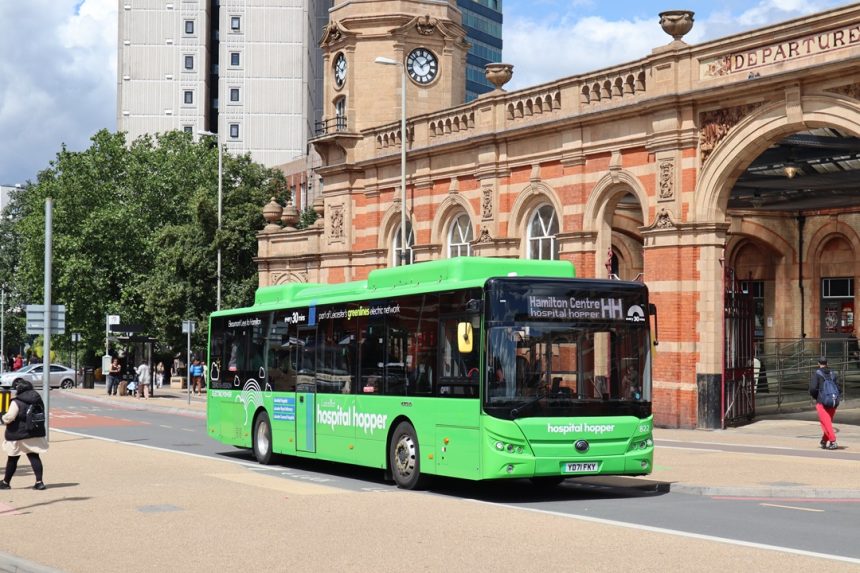The question of longer-term bus funding certainty in England remains unanswered. Local Transport Minister Simon Lightwood speaks positively about it. But industry economics maestro David Leeder cautions how the wider fiscal situation means that anything could happen come the Spending Review, such is the scale of the national debt problem.
What funding is made available will thus need to be spent wisely. Whether fare subsidy falls into that category is debateable. Beyond question is the benefit of bus priority measures, a topic that garnered comment from speakers on the first day of the ALBUM conference on 13 May.
Mr Leeder ponders whether operators could contribute funding to bus priority in return for commitments around its use. He highlights how 14 local transport authority (LTA) areas in England saw more bus passengers in 2024 compared to 2010 and notes that such a trend “is driven by priority.”
Only rollout of more such measures will alter the overall bus industry economic position, Mr Leeder believes. Higher commercial speeds cut costs, lift patronage, and lower the draw on public money.
The latter is particularly relevant, as calculations by Chris Cheek – another respected bus industry economist – suggest that farebox receipts now account for just 49% of the sector’s income.
Leicester shows how bus priority delivers. There, farepaying passenger numbers in 2024/25 were well above the figure for 2019/20. Leicester’s successful Enhanced Partnership has driven many contributing factors, but a representative of the City Council cites bus priority as a major influence.
The oft-cited congestion argument is turned on its head in Leicester. The city road network is “saturated” at peak times, but the LTA believes that sight of buses using dedicated road space to pass other stationary traffic is a large influence on the growth of commercial ridership.
New bus priority is not the only focus. That which has been in place for a long time can benefit from reassessment, particularly if it is used only for part of the day. Traffic peaks may have moved since those schemes’ introduction.
Offered as key with new priority measures is that demonstrable service improvements must accompany them; not an unreasonable condition if public money pays for those measures, and an operator’s reinvestment of cost and time savings into the network is a logical step. It also helps to see off the public questions about bus priority’s validity.
A potential fly in the ointment for bus priority in England is how the government has indicated a preference for all bus funding to flow via LTAs.
Recent local elections demonstrated how political dominance can shift quickly, but an interesting point raised by Mr Leeder is that in some councils, scope exists for control to swing with little more than a couple of by-elections. With it may change the whole political outlook. Bus priority could fall from favour. Then what?
The ‘what’ is far from clear for now, as it is in Scotland and Wales. How keen councils within Reform’s control will be to expand, or even continue, bus priority measures remains to be seen.
Nevertheless, the case for bus priority has scarcely been more compelling, if ‘war on the motorist’ rhetoric is excluded. It improves the landscape for operators and service users. Once the capital outlay has been stomached, it reduces the long-term draw on subsidy. And the latter may be the most important point of all under current conditions.
























